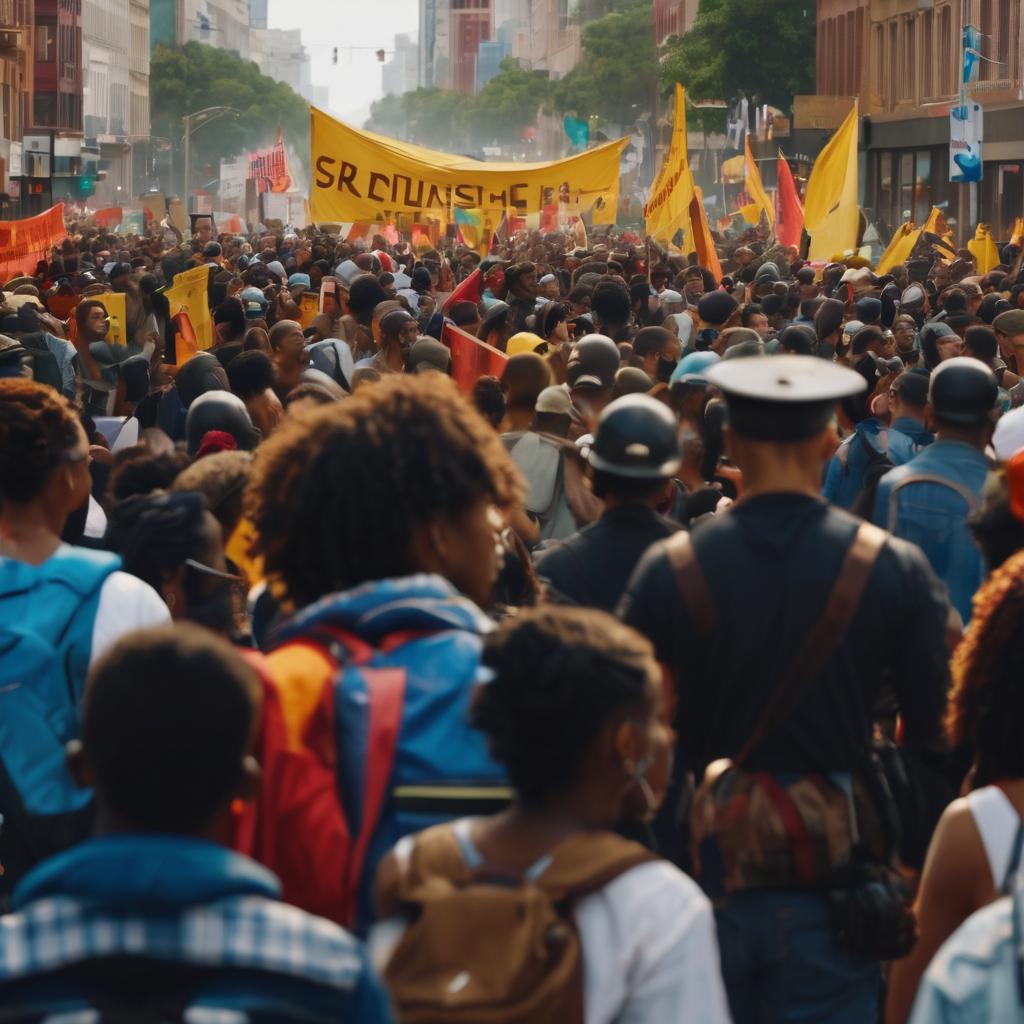The Art of Rebellion: How Creativity is Fueling Social Movements

The world of activism is not limited to protests and petitions. There’s an often overlooked but incredibly powerful aspect to creating change: the use of art and music. This approach to activism brings a unique and poignant perspective, offering an avenue for expression and engagement that traditional forms of advocacy may not reach.
These mediums, encompassing a wide array of expressions from drawing to dance, and theater to music, serve not just as reflections of society but as tools for reshaping it. They do more than just generate awareness; they galvanize action and nurture community bonds, becoming vital components in the machinery of social transformation.
The role of art in social justice is multifaceted. It documents history, shapes culture, and ignites the imagination, serving as a means to understand and challenge injustices. Through various forms like murals, graffiti, film, and sculpture, art allows individuals and communities to express their struggles, hopes, and visions for a better world. It’s a universal language that crosses social boundaries, giving voice to those often unheard.
Music, in its rhythmic essence, is a unifying force with the power to evoke emotions and mobilize masses. Throughout history, songs and performances have echoed the sentiments of various movements, inspiring solidarity and action. Music’s ability to touch hearts and stir collective consciousness makes it an invaluable ally in the fight for social justice.
These creative forms have a rich history of bolstering social movements. One of the most iconic environmental movements in India, the Chipko Movement in the 1970s, used folk songs and traditional art forms to spread their message. Women in the Himalayan regions, who were at the forefront of this movement, sang local folk songs that resonated with their cause of protecting forests. This artful expression of their struggle played a significant role in drawing national and international attention.
More recently, during the anti-CAA protests in India, the Shaheen Bagh site in Delhi became a canvas for artistic expression. Numerous artworks, murals, and installations were created by protestors and artists alike. This included graffiti, paintings, and installations that became a symbol of peaceful resistance and solidarity.
In the sphere of education, social justice art finds its roots in the theories of critical pedagogy, which combines education and critical theory. This approach is evident in culturally relevant arts education (CRAE) programs, where students engage in art-making that reflects their experiences and challenges internalized oppression. Such programs not only foster artistic expression but also encourage students to develop a positive self-image and a deeper understanding of their societal roles.
The impact of art and music in social justice extends to community building as well. Artistic projects often bring together individuals from diverse backgrounds, helping them connect over shared experiences and common goals. This collective effort in art-making strengthens community ties and helps individuals confront and overcome internal oppressive dynamics.
Universities have recognized the importance of integrating social justice into arts education. Programs like the University of San Francisco’s Performing Arts & Social Justice Major, Santa Clara University’s Arts for Social Justice, and the University of Michigan’s Prison Creative Arts Project illustrate the growing emphasis on using art as a medium for social advocacy and community engagement.
Art and music are more than just aesthetic expressions; they are potent instruments for social change. Their ability to resonate across different sectors of society makes them powerful tools for raising consciousness, building community, and motivating action towards social justice. Whether it’s through a poignant painting, a soul-stirring song, or a powerful performance, art and music continue to inspire, challenge, and drive the narrative of social change. In the quest for a more just and equitable world, the brush, the pen, and the melody are proving to be mightier than ever.


